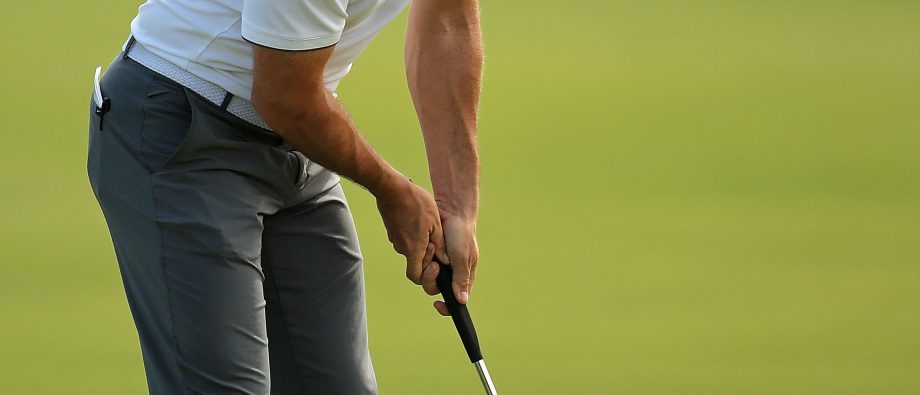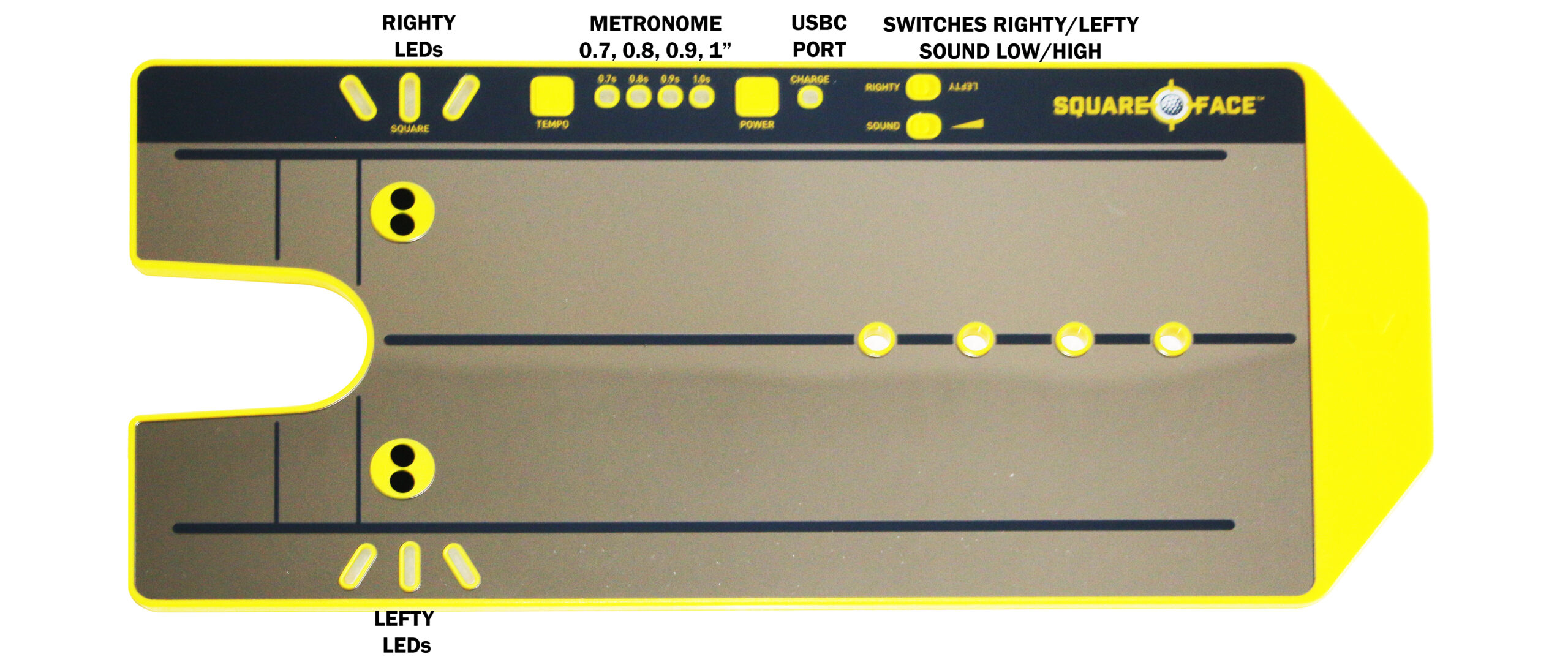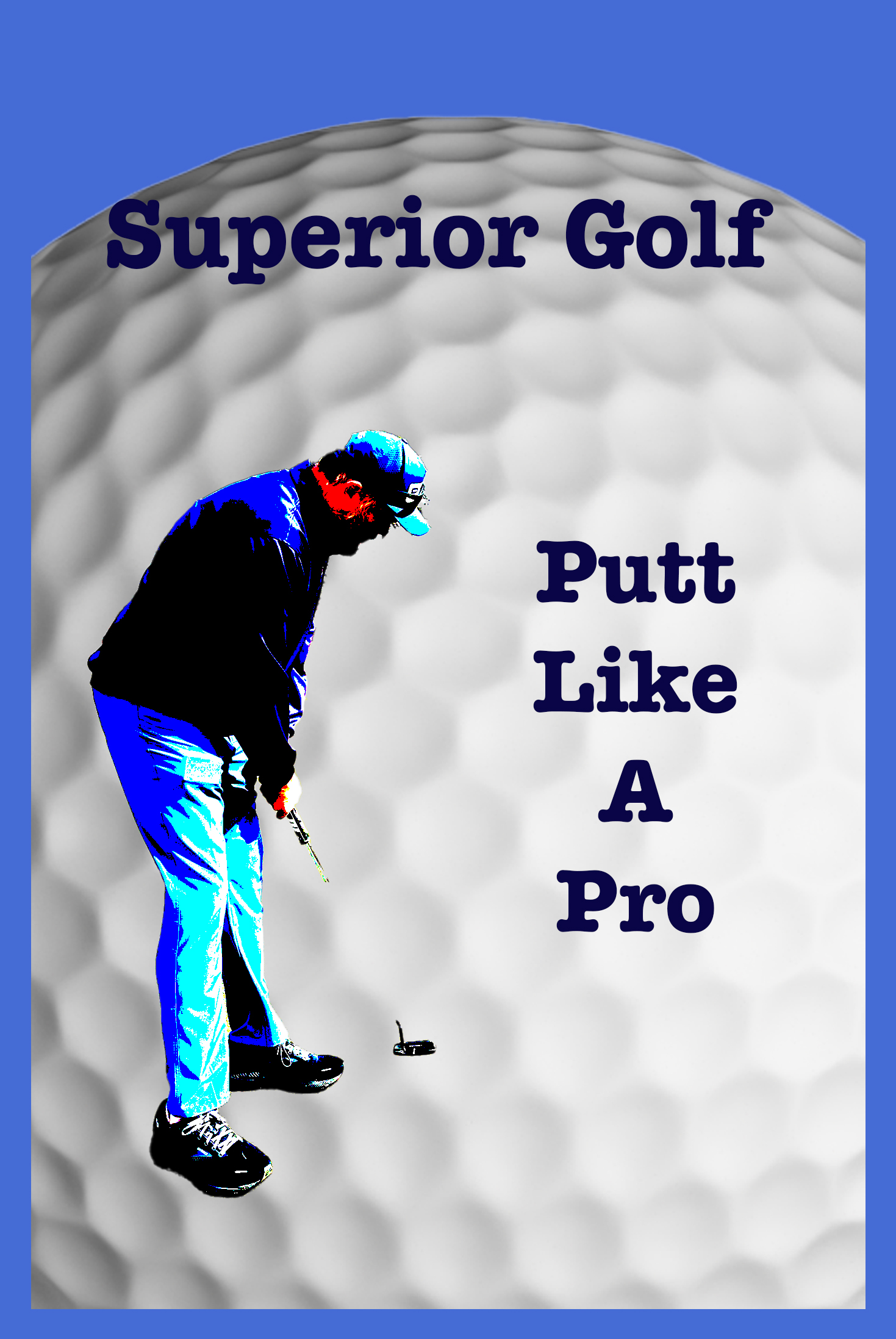Left Hand Low Putting Grip: 4 Things to consider before making the switch
Left Hand Low Putting Grip: Every golfer knows the sinking feeling of a missed putt, especially those short ones that leave your stomach churning. You grip the putter tighter, stare down the line with laser focus, yet the ball stubbornly veers offline. If this scenario sounds familiar, it might be time to ditch your current putting grip and explore the world of the left-hand low.
A Grip Rooted in Tradition
The left-hand low grip isn’t some newfangled putting fad. Putting legends like Jack Nicklaus have championed this style for decades. Its core principle is simple: by placing your left hand lower on the grip relative to your right hand, you promote a more stable and controlled putting stroke.
Benefits on the Green: Why Go Left Hand Low?
There are several compelling reasons why the left-hand low grip might be the key to unlocking your putting potential:
- Enhanced Stability: Think of your putting stroke as a pendulum. With the left hand anchoring the lower portion of the grip, you create a more stable base. This translates into less unwanted movement in your hands and wrists, leading to a smoother, more consistent stroke.
- Squaring Up for Success: A significant advantage of the left-hand low grip is its influence on shoulder alignment. By positioning your left hand lower, you naturally promote squarer shoulders at address. This translates into a straighter putter path back and through impact, minimizing that dreaded out-to-in putting stroke that steals putts left.
- Combating the Yips: The putting yips – those involuntary twitches that wreak havoc on your putting stroke – can be a confidence crusher. Some golfers have found that the left-hand low grip, with its emphasis on stability and reduced hand movement, helps alleviate the yips by promoting a more controlled putting motion.
- Feel vs. Control: Finding the Right Balance: While some golfers swear by the enhanced feel they get with a traditional grip, the left-hand low prioritizes control over pure feel. This can be a welcome trade-off for those struggling with excessive hand manipulation and inconsistency.
Making the Switch: A Putting Odyssey
Before you rush to the course and radically alter your putting grip, here are some things to consider:
- Finding Your Fit: The left-hand low grip isn’t a one-size-fits-all solution. Experiment with different hand placements to find what feels comfortable and promotes a square putting posture.
- The Overlap Factor: Many golfers who adopt the left-hand low grip utilize an overlap grip, where the index finger of the right hand rests on the thumb or palm of the left hand. This further enhances stability and connection between your hands.
- Practice Makes Putting Perfect: As with any putting technique, adapting to the left-hand low grip requires dedicated practice. Don’t get discouraged if you miss a few short putts initially. Stick with it, and you’ll gradually develop a smoother, more controlled putting stroke.
Mastering the Left-Hand Low: Putting Tips for Success
Here are some additional pointers to help you master the left-hand low grip and transform your putting game:
- Ball Position: With the left hand lower, consider positioning the ball slightly forward in your stance to promote a slight forward shaft lean. This encourages a putting stroke driven by your larger muscle groups, leading to more consistent distance control.
- Focus on the Stroke, Not the Result: During practice, concentrate on developing a smooth, controlled putting stroke with minimal hand movement. Let the putter do the work, and trust that the improved face angle and path will lead to better results.
- Seek Professional Guidance: If you’re unsure about hand placement or overall putting technique, consider consulting a PGA professional. They can help you fine-tune your left-hand low grip and ensure you’re on the right track to putting success.
The Final Read: Is the Left-Hand Low Grip Right for You?
The left-hand low grip offers a compelling alternative for golfers seeking more stability and consistency on the putting green. While it might require an adjustment period, the potential benefits of improved face angle, straighter putting strokes, and potentially even relief from the yips make it a grip worth exploring. Remember, there’s no magic bullet in putting, but the left-hand low grip could be the missing piece that unlocks your inner putting guru. So, grab your putter, experiment with this unique grip, and see if it leads you down the path to putting nirvana.


The Square Face And Putt Like A Pro Book
Click here for 10% off the Square Face (use coupon code SUPERIORGOLF) and my eBook free with the purchase of the Square Face
